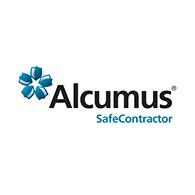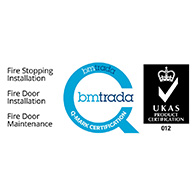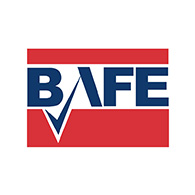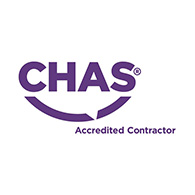When the Regulatory Reform (Fire Safety) Order 2005 (or RRO as it’s known) came into effect in 2006 it provided a real shake up in the way the passive and active fire protection elements of buildings are specified, installed and maintained. It placed the legal responsibility squarely on the shoulders of building owners and operators – the Responsible Person – to conduct risk assessments on the buildings under their supervision with an emphasis on preventing fires and reducing fire risk.
Now, changes under Article 24 of the RRO are coming into force from 23 January 2023 to cement the legal requirements for Responsible Persons to carry out regular inspections and maintenance of fire doors. It applies to multi-occupancy residential buildings in England over 11 metres (more than 3 storeys).
Fire doors – specially engineered doors designed to contain fire for a period of time as part of a layered fire protection system within a building – were highlighted as essential to fire safety in Phase 1 of the Grenfell Tower Enquiry: “Fire doors play an essential role in preventing or inhibiting the spread of smoke and toxic gases and in preserving the effective compartmentation of buildings.”
Article 24 of the RRO now requires, in law, the Responsible Person to provide information to Fire and Rescue Services to assist them to plan for the event of fire and, if needed, to provide an effective operational response. This will now include a requirement for them to:
- undertake quarterly checks of all fire doors (including self-closing devices) in the common parts
- undertake – on a best endeavour basis – annual checks of all flat entrance doors (including self-closing devices) that lead onto a building’s common parts.
This will bring the RRO into line with the Fire Safety Act 2021, removing the legal ambiguity over whether flat entrance doors that open into common parts should be routinely considered as part of the fire risk assessment process. The Fire Safety Act 2021 confirmed that flat entrance doors are indeed included and these new changes to the RRO endorse that, bringing the legislation and regulations into line.
While the changes to the RRO only refer to buildings over 11m, the Responsible Persons for residential buildings below that height still have a duty to install and maintain general fire precautions in including making sure that all fire doors – including flat entrance doors – provide adequate protection. The changes to the RRO do not remove or replace these legal obligations.
The most straightforward way for a Responsible Person to demonstrate that the fire doors are compliant and properly maintained is to have a formal fire door register that records inspection and maintenance records, maintaining the Golden Thread and providing an audit trail for every single door to ensure total compliance throughout its life. These inspections need to be carried out by a third-party accredited specialist companies for assured compliance. The Government has published a Fact Sheet to help guide Responsible Persons through the new regulations. But if you need help with inspecting, repairing, maintaining or replacing fire doors, why not speak to the experts at Onyx? Our fire door installation and maintenance services are certified under the BM Trada Q Mark Scheme and as well as providing a full on site service, we can provide full O&M manuals to confirm that every fire door is compliant with building regs and the new requirements of the RRO.













